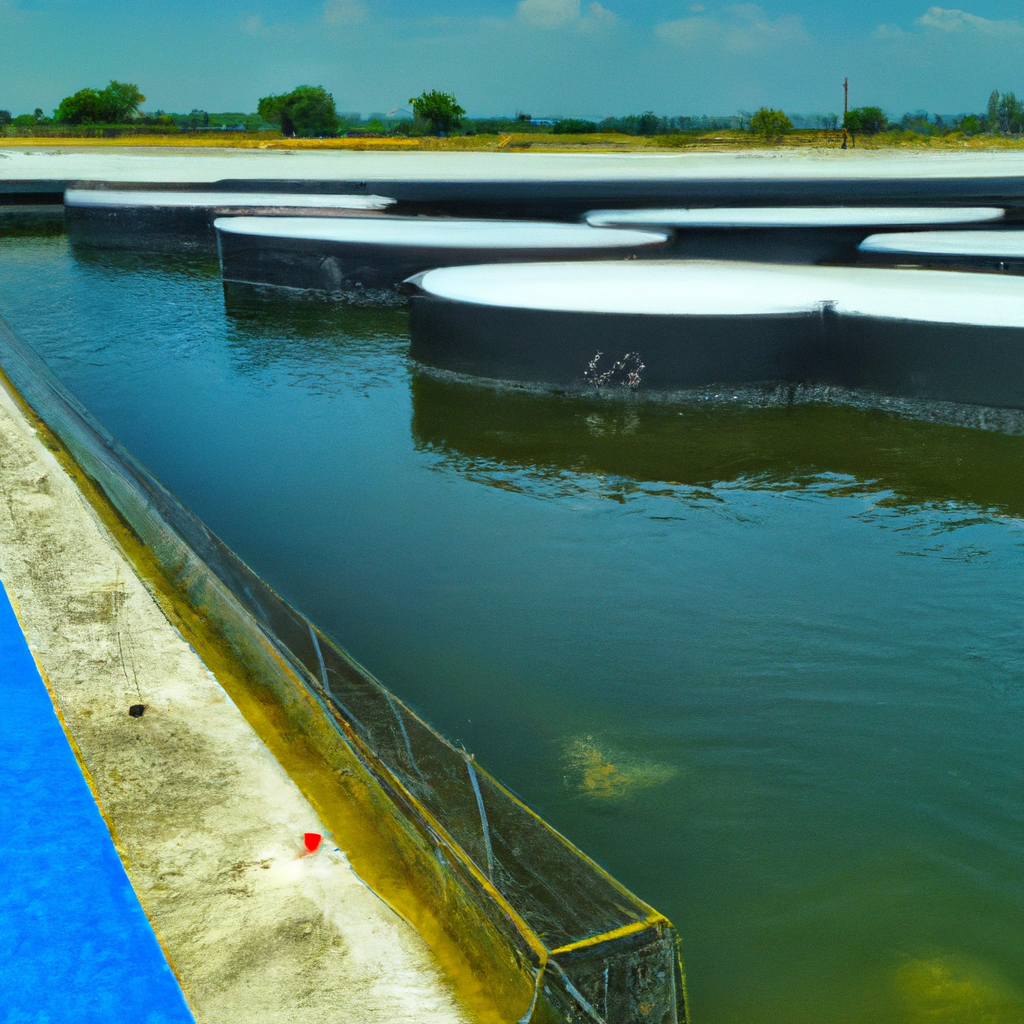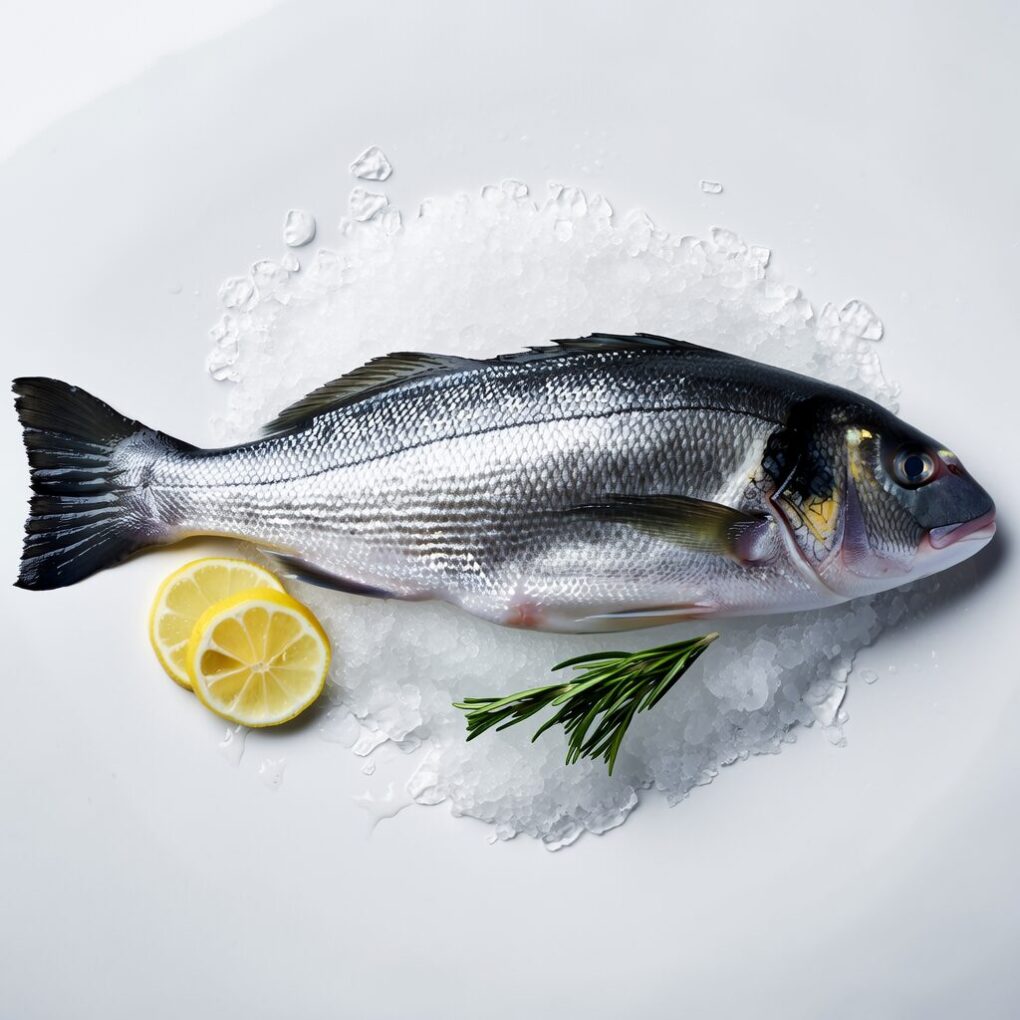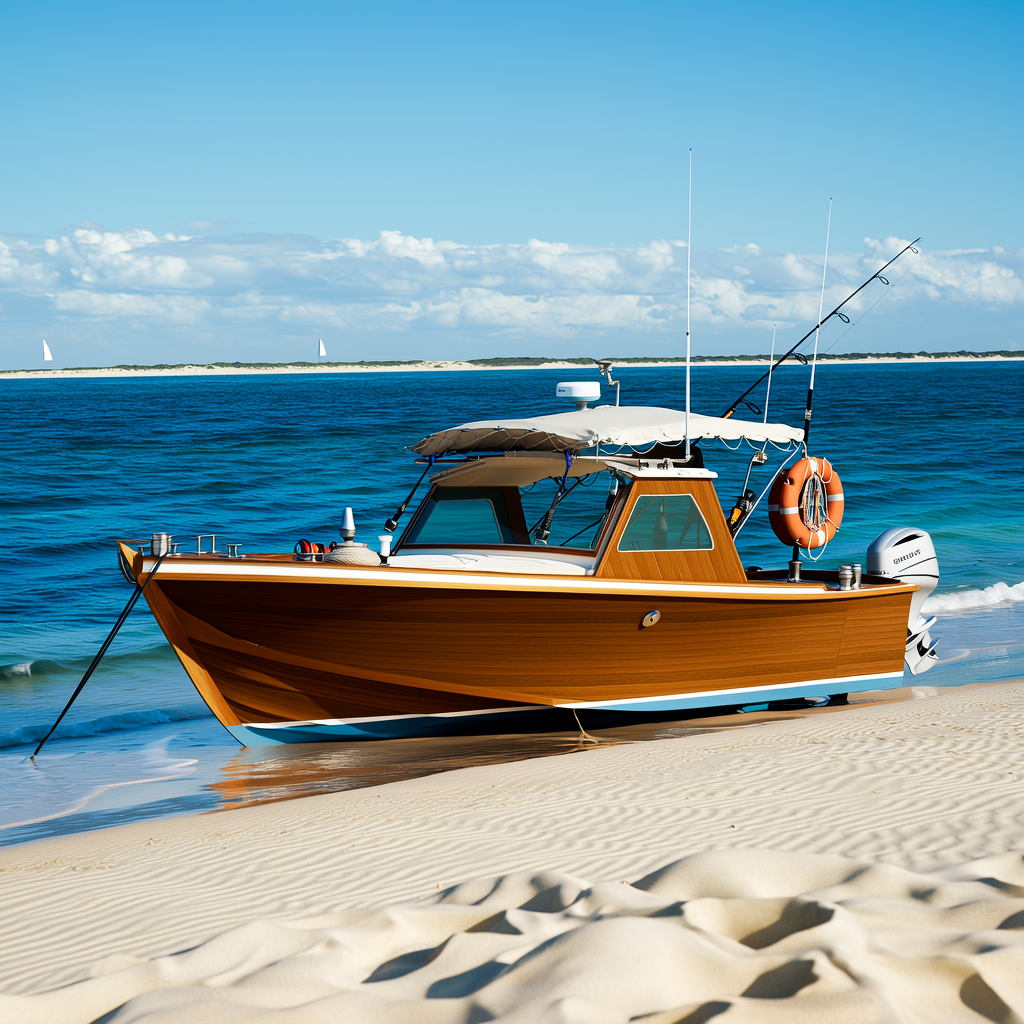Overfishing is an issue that concerns many people around the world as fish populations continue their decline. The increasing population and the use of unsustainable methods of fishing have led to a decrease of abundance and diversity in fish species. This has a serious impact on the marine eco-system and the livelihoods and food of people who depend on fish. The Fish Bank is a solution that is innovative and can help to preserve and sustain fish population.
What is a Fish Bank?
A fish bank is an area that is protected from fishing and is intended to increase the diversity and abundance of fish populations. The fish bank is a safe place for fish to reproduce, grow and develop without human interference. This allows fish populations grow and recover, which helps maintain a healthy ocean ecosystem.
How does a fish bank work?
The fish bank creates marine protected areas, where fishing is prohibited. These areas are carefully chosen based on habitats of fish species that require protection. The size and location are also determined by factors such as the density of fish populations, fishing pressure and the ecological significance of the area.
In a fish-bank, fish are allowed the freedom to reproduce and grow, without interference from humans, resulting in an increase of abundance and diversity among fish populations. Once the fish populations are recovered, they can migrate into areas where fishing is permitted, providing a sustainable fish source for fishermen and communities who rely on fish as a food and income source.
Fish banks have many benefits
The fish bank offers many benefits, including
1. Preservation of fish populations
The fish bank is a safe place for fish to reproduce, grow and develop without interference from humans. This helps preserve fish populations which are threatened by overfishing and other human activities.
2. Marine Ecosystems: Sustaining the Future
Fish are essential to maintaining the balance of marine ecosystems. The fish bank contributes to a healthy marine environment by preserving and maintaining fish populations.
3. Promoting sustainable fishing practices
Once the fish populations are recovered, the fish banks allow for sustainable fishing. Fishermen can harvest the fish from the surrounding areas without overexploiting, ensuring that there is a steady supply of fish for future generation.
4. Economic Benefits
The fish bank has significant economic benefits to coastal communities who depend on fish as a source of food and income. A sustainable fish source can be a reliable income source for fishermen, and boost the local economy.
The challenges of implementing a fish bank
The fish bank is a great idea, but it also has challenges. The following are some of the main challenges:
1. Encroachment
Illegal fishing can threaten marine protected areas. Effective enforcement measures are needed to prevent illegal fishing, and to protect the fish populations within the fish bank.
2. Lack of Resources
Implementing a Fish Bank requires resources, such as funding, expertise and technology. The lack of resources can be an obstacle in managing and establishing a fishbank.
3. Stakeholder Engagement
Effective stakeholder engagement will be critical to the success and sustainability of a fishbank. To ensure buy-in and support, it is important to include local communities, fisherman, and other stakeholders to the development and management process of the fishbank.
Fish Banks that Worked
Around the world, there are many examples of successful fisheries. Tubbataha Reef Marine Park is one such example. The marine park has been a success in preserving and maintaining fish populations. It is a no take zone, where fishing was prohibited. The marine park is a UNESCO World Heritage Site, a major tourist attraction and a source of economic benefit for local communities.
Another example is the Palau Marine Sanctuary. The marine sanctuary, which covers an area of about 500,000 square kilometers, is a no take zone where fishing is forbidden. The marine sanctuary has had great success in preserving and maintaining fish populations, and promoting sustainable practices of fishing. It has also become an important tourist attraction that provides economic benefits to the country.
Conclusion
The fish bank is a new and innovative way to preserve and sustain fish population. The fish bank creates marine protected zones where fishing is prohibited or limited, allowing fish to reproduce and grow in a safe environment without human interference. This helps to maintain and sustain fish populations and promote sustainable fishing practices. It also ensures a healthy marine eco-system. The fish bank, despite its challenges, has the potential to bring significant economic, social, and environmental benefits to coastal communities around the globe.




